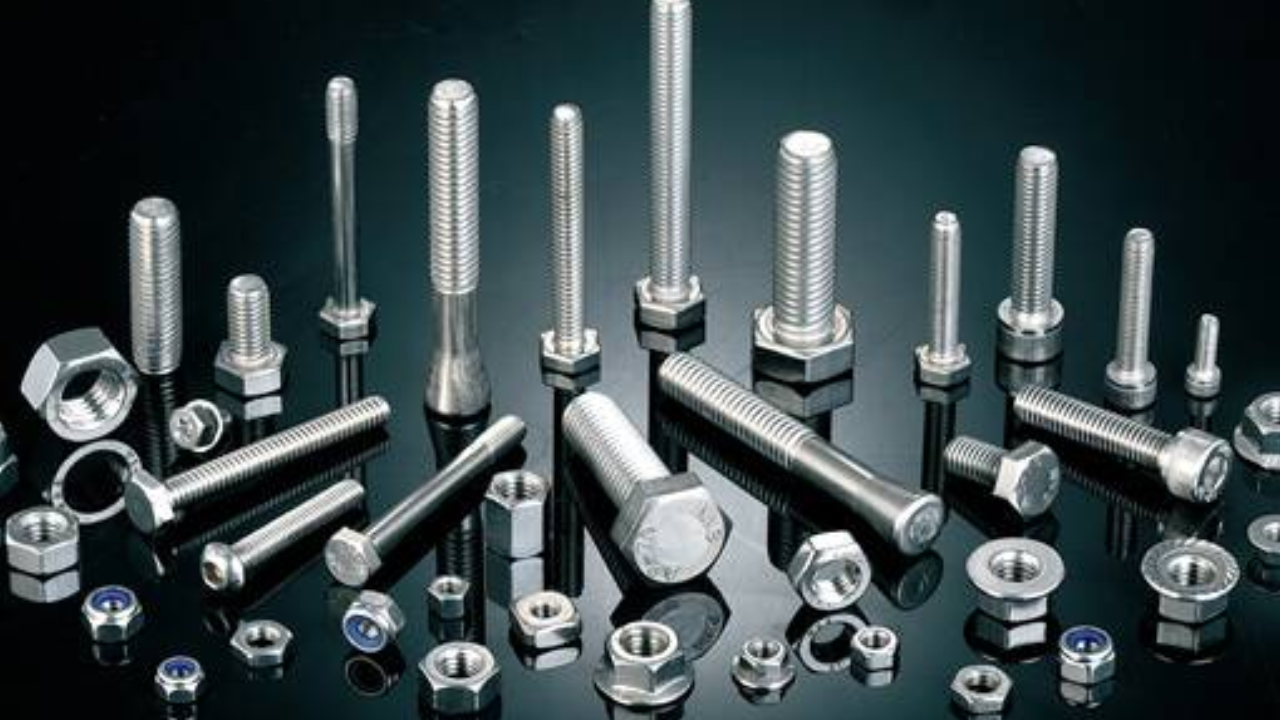Stainless steel bolts are basic components in various ventures, famous for their splendid energy, toughness, and consumption obstruction. Made essentially out of iron, chromium, and nickel, hardened steel bolts offer a high level of general execution in troublesome conditions where openness to dampness, synthetic substances, and outrageous temperatures is normal. Their versatility makes them necessary in production, car, aerospace, and marine programs.
From securing crucial systems to fastening equipment and devices, stainless steel bolts play a crucial function in ensuring the integrity and longevity of diverse assemblies. This text sets the stage for exploring the complex details of SS Bolts, delving into their mechanical homes. Know-how of the importance of stainless steel bolts lays the muse for harnessing their complete ability in diverse engineering endeavors, promoting protection, reliability, and efficiency across industries.
Mechanical Characteristics Of Stainless Steel Bolts
Stainless steel bolts are widely used in industries due to their splendid mechanical properties, alongside their power, durability, and disintegration resistance. Understanding these homes is basic for picking the legitimate bolt for explicit projects and guaranteeing underlying honesty and insurance. In this article, we can dig into the mechanical properties of stainless steel bolts, which incorporate malleable energy, yield energy, hardness, and impact resistance.
Tensile Strength
Tensile strength is one of the important mechanical properties of stainless steel bolts. It refers back to the most load a bolt can face earlier than fracturing or breaking underneath tension. Stainless steel bolts are known for their immoderate tensile strength, which makes them appropriate for applications where strong fastening is needed. The tensile energy of stainless steel bolts adjusts depending on the grade and duration of the bolt. For instance, A2 tempered steel bolts regularly have an elasticity of around 700 MPa, while A4 stainless steel bolts will have a malleable energy of up to 1,000 MPa or higher.
Yield Strength
Yield power is another critical mechanical property of stainless steel bolts. It represents the most stress a bolt can resist without undergoing plastic deformation or everlasting deformation. In different phrases, it’s the factor at which the material starts to deform plastically under implemented strain. Stainless steel bolts commonly have an excessive yield energy in comparison to different substances, because of this, they could face up to hundreds of good-sized bolts before deforming completely. The yield strength of stainless-steel bolts is intently related to their tensile energy and varies depending on elements along with grade, size, and manufacturing manner.
Hardness
Hardness is a proportion of the resistance of a texture to space or scratching. It’s an extensive mechanical part of stainless-steel bolts, as it affects their functionality to undergo put-on and deformation in terms of set-up and usage. Stainless steel bolts show excessive hardness because of the presence of alloying elements along with chromium, nickel, and molybdenum. The hardness of stainless steel bolts can be contingent upon additives, including grade, warmness treatment, and floor stop.
Impact Resistance
Effect resistance refers back to the capacity of a cloth to withstand unexpected, excessive loads without fracturing or breaking. Stainless steel bolts are known for their awesome impact resistance, which makes them suitable for packages where dynamic loading or surprise loading is anticipated. The high ductility and durability of stainless-steel bolts enable them to soak up power and deform plastically underneath, rather than fracturing catastrophically. The impact resistance of stainless steel bolts relies on elements such as grade, microstructure, and temperature.
Fatigue Strength
Fatigue electricity is a vital mechanical asset of stainless steel bolts, specifically in applications wherein the bolts are subjected to cyclic loading or fluctuating stresses. It represents the maximum strain a bolt can face for a detailed range of cycles before failure takes place because of fatigue. Stainless steel bolts commonly showcase excessive fatigue power, thanks to their splendid ductility and resistance to cyclic loading. However, fatigue power can vary depending on elements such as surface finish, notch sensitivity, and environmental situations.
Conclusion
Stainless steel bolts have splendid mechanical properties that make them notably suitable for a wide range of applications. Their high tensile strength, yield strength, hardness, effect resistance, and fatigue energy contribute to their reliability, sturdiness, and performance in demanding environments. Expertise in these mechanical residences is critical for deciding on the right stainless-steel bolt for precise applications. With the aid of considering elements together with grade, engineers, and architects can optimize the overall performance and sturdiness of stainless steel bolts in diverse industrial and business applications.

